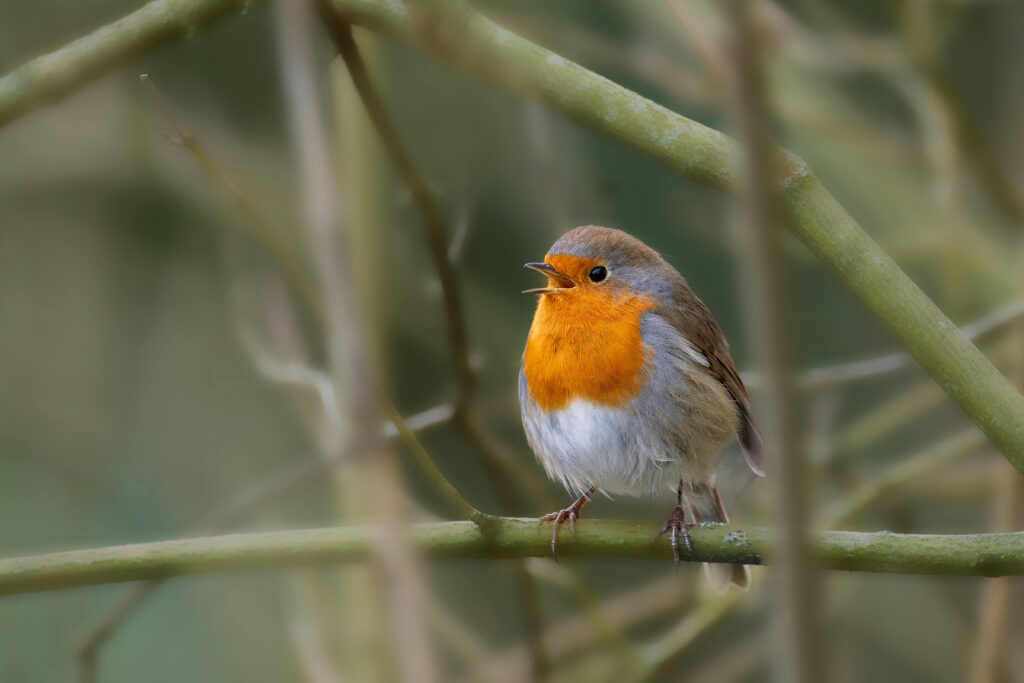Birds are a cherished part of our natural environment, with their melodious songs and graceful flights adding beauty to our surroundings. However, when birds become pests, their presence can lead to significant damage to property and pose health risks to humans. Bird pest control is crucial for managing bird populations and mitigating the adverse effects they can have on our homes, businesses, and public spaces. In this comprehensive guide, we’ll delve into the benefits of bird pest control and explore the various methods available to protect both property and health.

Understanding Bird Pest Control
Bird pest control encompasses a range of strategies and techniques aimed at managing bird populations to prevent damage to property and minimize health risks. While birds play important roles in ecosystems as pollinators and seed dispersers, certain species can become pests when they roost or nest in or around buildings, causing structural damage, spreading disease, and creating unsanitary conditions. Common pest birds include pigeons, seagulls, sparrows, and starlings, which are known for their adaptability to urban environments and prolific breeding habits.
Benefits of Bird Pest Control
- Property Protection: One of the primary benefits of Bird pest control is protecting your property from damage. Birds, particularly pigeons and seagulls, can cause significant damage to buildings by nesting in roof spaces, clogging gutters with their nests and droppings, and corroding structures with their acidic droppings. Over time, this damage can compromise the integrity of buildings and lead to costly repairs. Implementing bird pest control measures can help prevent these issues and preserve the structural integrity of your property.
- Health Risks Mitigation: Birds and their droppings can harbor pathogens that pose health risks to humans. Bird droppings contain bacteria, fungi, and parasites that can cause respiratory infections, skin irritation, and other health problems. In addition, dried bird droppings can release airborne particles that can be inhaled, further increasing the risk of respiratory issues. By controlling bird populations and cleaning up droppings promptly, you can reduce the risk of disease transmission and protect the health of occupants.
- Preventing Slip and Fall Accidents: Bird droppings are not only unsightly but also slippery when wet, posing a significant slip and fall hazard. Accumulations of bird droppings on walkways, staircases, and other surfaces can increase the risk of accidents and injuries, particularly during wet or icy conditions. In addition to causing physical harm, slip and fall accidents can also lead to costly liability claims against property owners. Bird pest control measures such as deterrents and repellents can help prevent slip and fall accidents and enhance safety on your property.
- Preserving Aesthetic Appeal: Bird droppings can deface buildings, sidewalks, statues, and other structures, detracting from their aesthetic appeal. Unsightly bird droppings can diminish the attractiveness of properties, particularly in commercial areas, and deter potential customers or tenants. This can have a negative impact on property values and revenue streams for businesses. Implementing bird pest control measures helps preserve the aesthetic appeal of your property and maintain its value, enhancing curb appeal and creating a positive impression on visitors and passersby.
- Protecting Agricultural Resources: In agricultural settings, birds can cause significant damage to crops by feeding on seeds, fruits, and vegetables or pecking at emerging seedlings. Bird damage to crops can result in reduced yields and financial losses for farmers, threatening food security and livelihoods. Bird pest control measures such as netting, scare tactics, and repellents can help protect agricultural resources and minimize crop losses, ensuring a sustainable and profitable agricultural sector.
- Environmental Conservation: Effective bird pest control measures target nuisance species while minimizing harm to non-target birds and the environment. By managing bird populations responsibly, we can protect native bird species, reduce conflicts between birds and humans, and promote ecological balance. This is particularly important in urban and suburban areas where human activities have encroached on natural habitats, leading to increased interactions between birds and people. Responsible bird pest control practices prioritize the conservation of bird populations while addressing human-wildlife conflicts in a sustainable manner.
- Compliance with Regulations: In some areas, property owners are required by law to implement Bird pest control measures to prevent the spread of disease and maintain public health and safety. Local regulations and ordinances may impose specific requirements for bird pest control, including the use of humane methods and the removal of bird attractants. Compliance with these regulations is essential to avoid potential fines and penalties and ensure the health and safety of occupants and visitors. By staying informed about local regulations and working with licensed pest control professionals, property owners can ensure that their bird pest control efforts are effective, ethical, and legally compliant.
Conclusion
Bird pest control is essential for protecting property, preserving health and safety, and maintaining aesthetic appeal in residential, commercial, and agricultural settings. By implementing effective bird pest control measures, property owners can mitigate the damage caused by birds, reduce health risks, and promote a safe and sanitary environment for occupants. Whether through deterrents, repellents, exclusion methods, or habitat modification, proactive bird pest control measures offer numerous benefits for property owners, occupants, and the environment alike. By prioritizing responsible bird pest control practices and staying informed about local regulations, property owners can effectively manage bird populations and create a harmonious balance between humans and birds in their communities.

